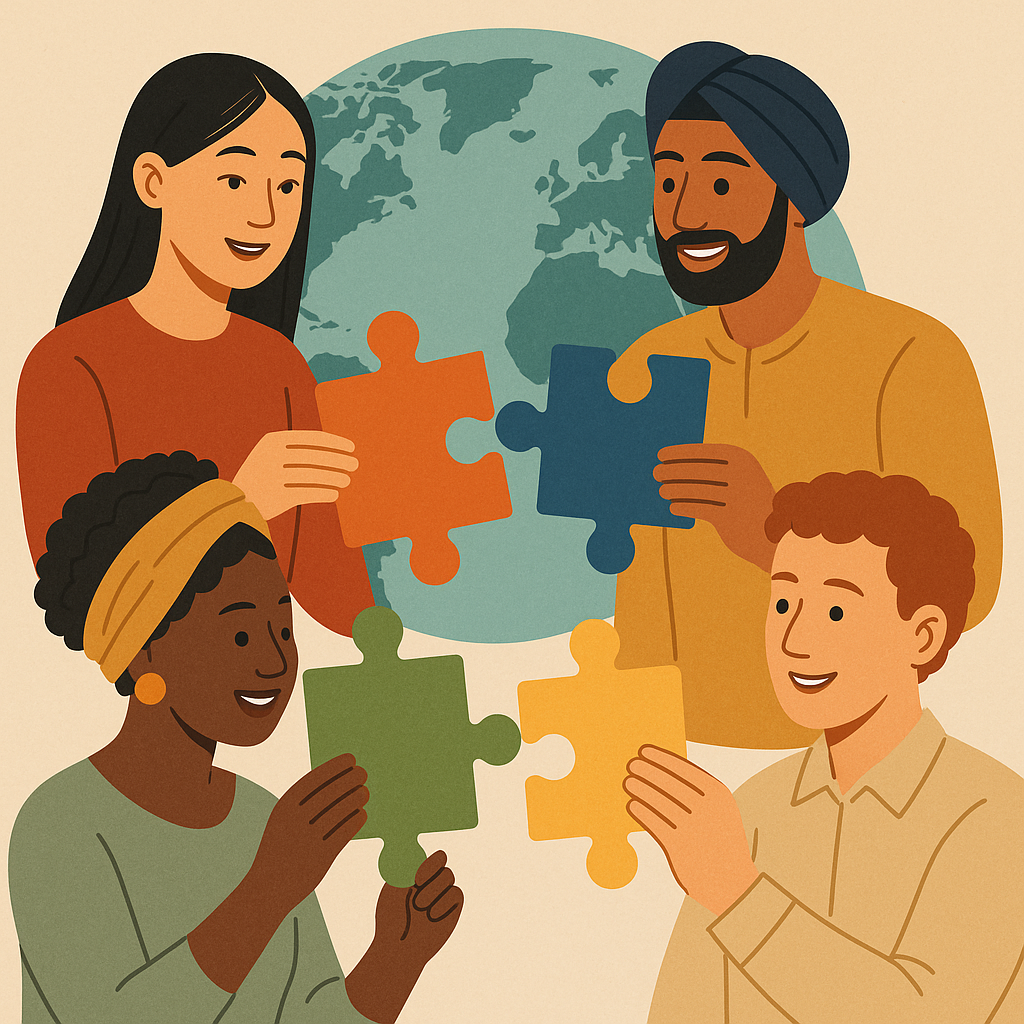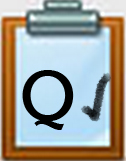Q2. Collaborating With Other Cultures: Introduction
Introduction
In this Quest, you will learn how to connect and work with people from different backgrounds and cultures. You'll take a fun quiz to see how open you are to working with others and think about how you would handle cultural differences when they come up.
Good teamwork means respecting the people you work with. Everyone has different opinions, experiences, and skills that can affect how a team works together. In this Quest, you will will have a chance to explore different cultural perspectives in a work setting. You'll also learn how body language and gestures can mean different things in different cultures and how that affects communication.
learning objectives
I can:
- Give examples of how cultural differences can impact a global collaboration opportunity.
- Explain why understanding and respecting non-verbal communication and cultural differences is important when doing a global collaboration.
- Explain how non-verbal communication can have an impact on communication.
Before moving on to the vocabulary page, with a partner or as a class, depending on your teacher's instructions, discuss this question: How do you think working with people from different parts of the world can help solve big problems?

Competencies & Standards
MITECS Michigan Integrated Technology Competencies for Students, and
1. Empowered Learner
a. Articulate and set personal learning goals, develop strategies leveraging technology to achieve them, and reflect on the learning process itself to improve learning outcomes.
2. Digital Citizen
a. Cultivate and manage their digital identity and reputation, and are aware of the permanence of their actions in the digital world.
b. Engage in positive, safe, legal, and ethical behavior when using technology, including social interactions online or when using networked devices.
c. Demonstrate an understanding of and respect for the rights and obligations of using and sharing intellectual property.
3. Knowledge Constructor
d. Curate information from digital resources using a variety of tools and methods to create collections of artifacts that demonstrate meaningful connections or conclusions.
6. Creative Communicator
b. Create original works or responsibly repurpose or remix digital resources into new creations.
c. Communicate complex ideas clearly and effectively by creating or using a variety of digital objects such as visualizations, models, or simulations.
d. Publish or present content that customizes the message and medium for their intended audiences.
7. Global Collaborator
c. Contribute constructively to project teams, assuming various roles and responsibilities to work effectively toward a common goal.
d. Explore local and global issues and use collaborative technologies to work with others to investigate solutions.
Websites and Documents
Websites
- Class Tools/Venn
- Comparing Management Cultures
- Creately
- Global Collaboration Survey
- Guide to Business Cultures
- Job Success - Listening Skills
- Non-verbal communication rules for doing business in Japan
- Padlet
- The Power of Body Language
- Word Clouds
- Working Globally Across Cultures Survey
21t4s Documents & Quizzes




